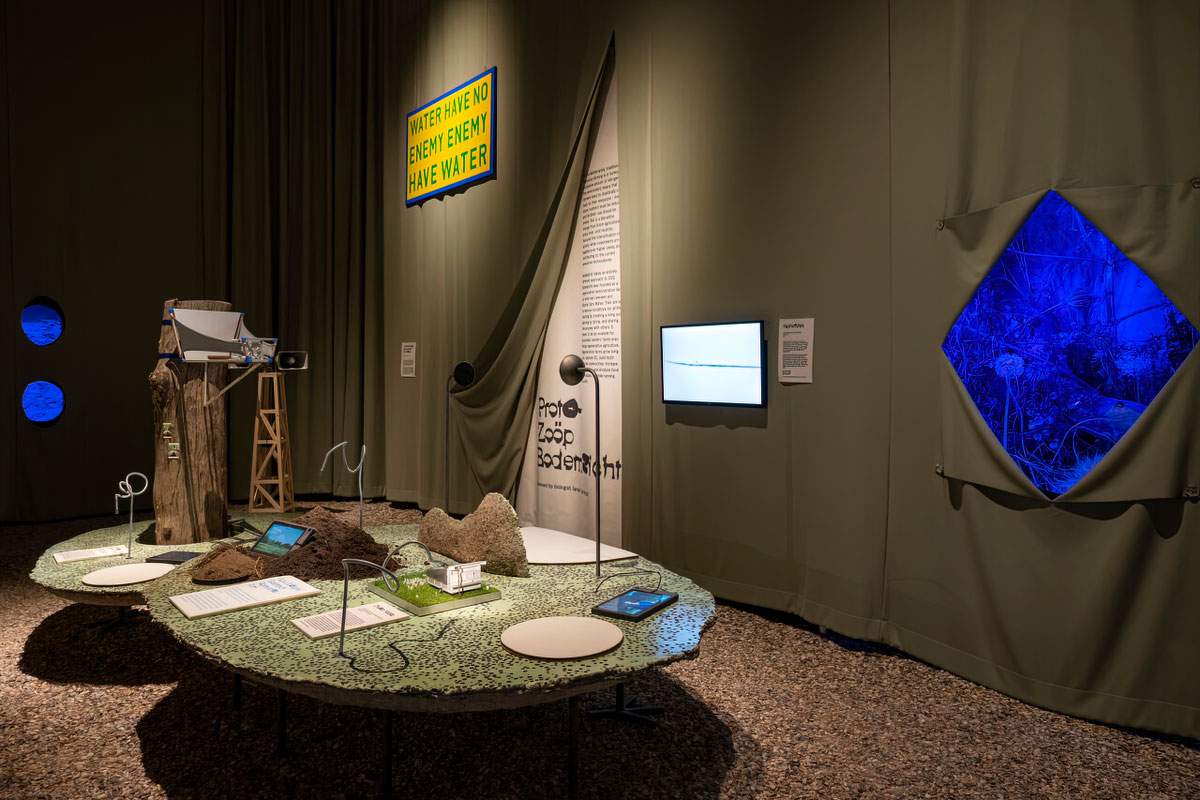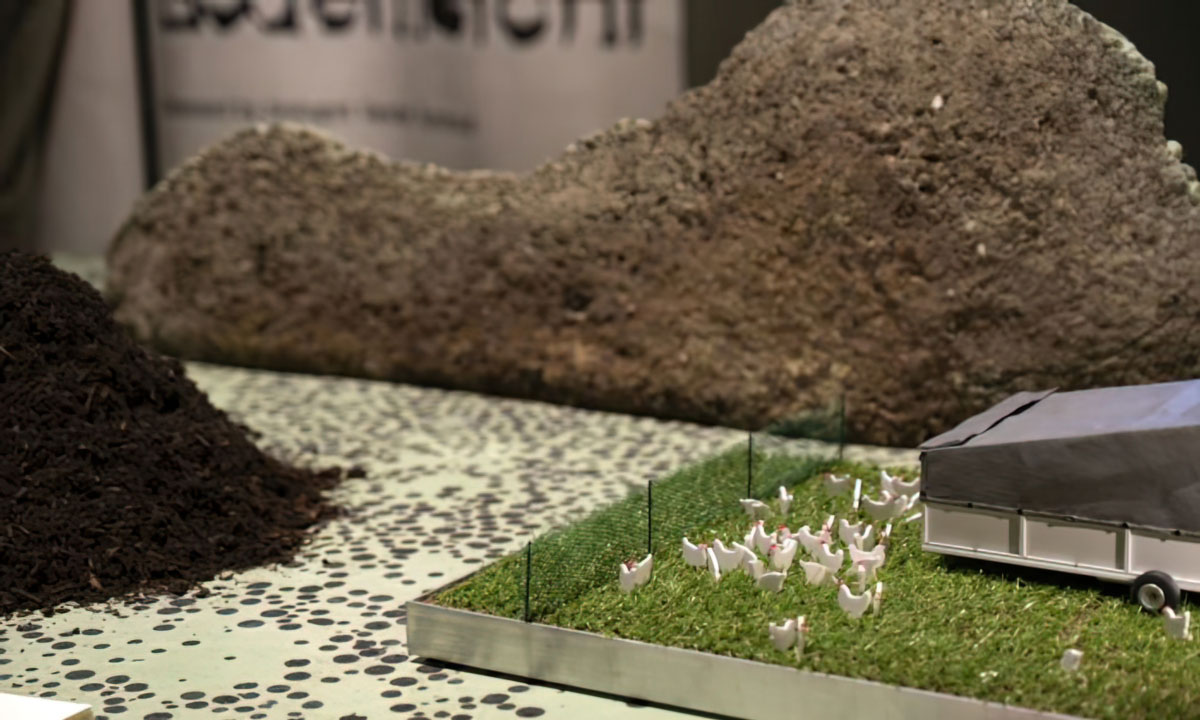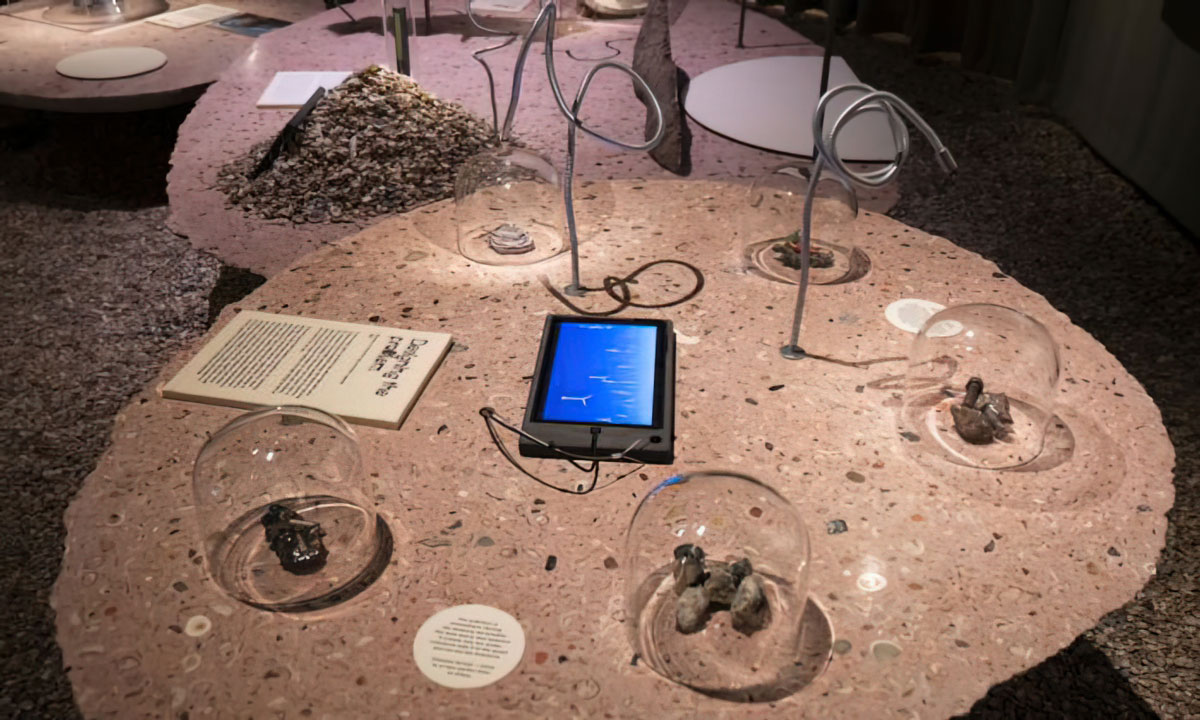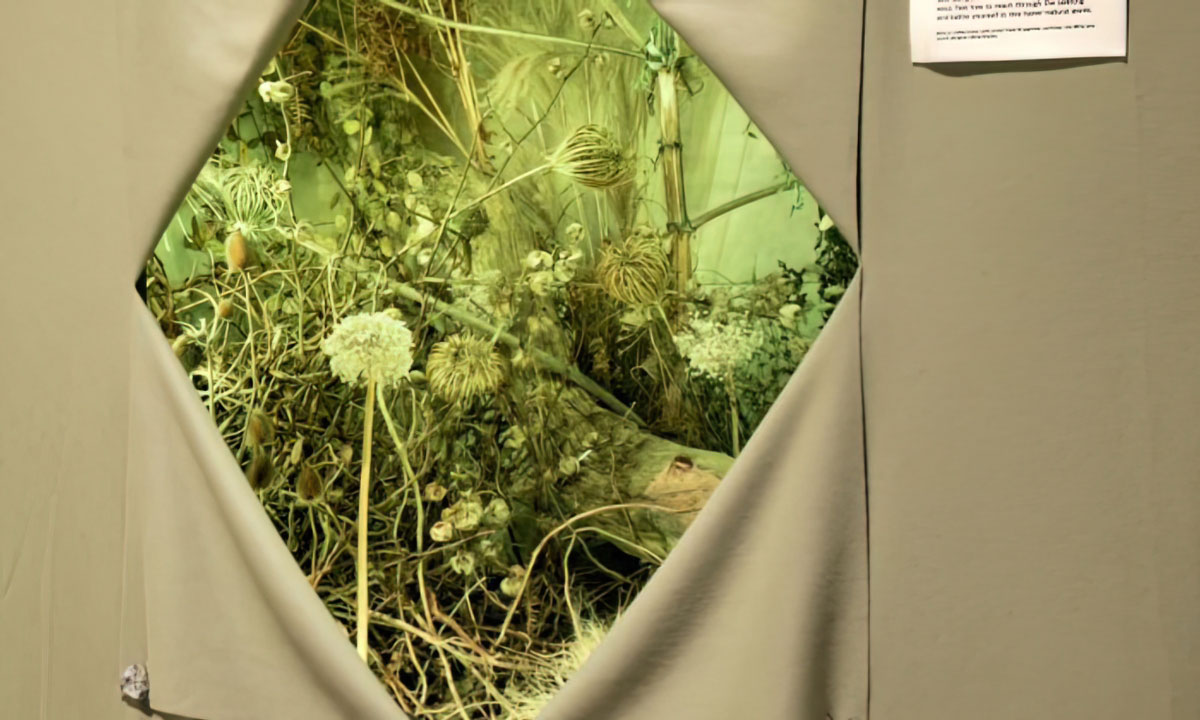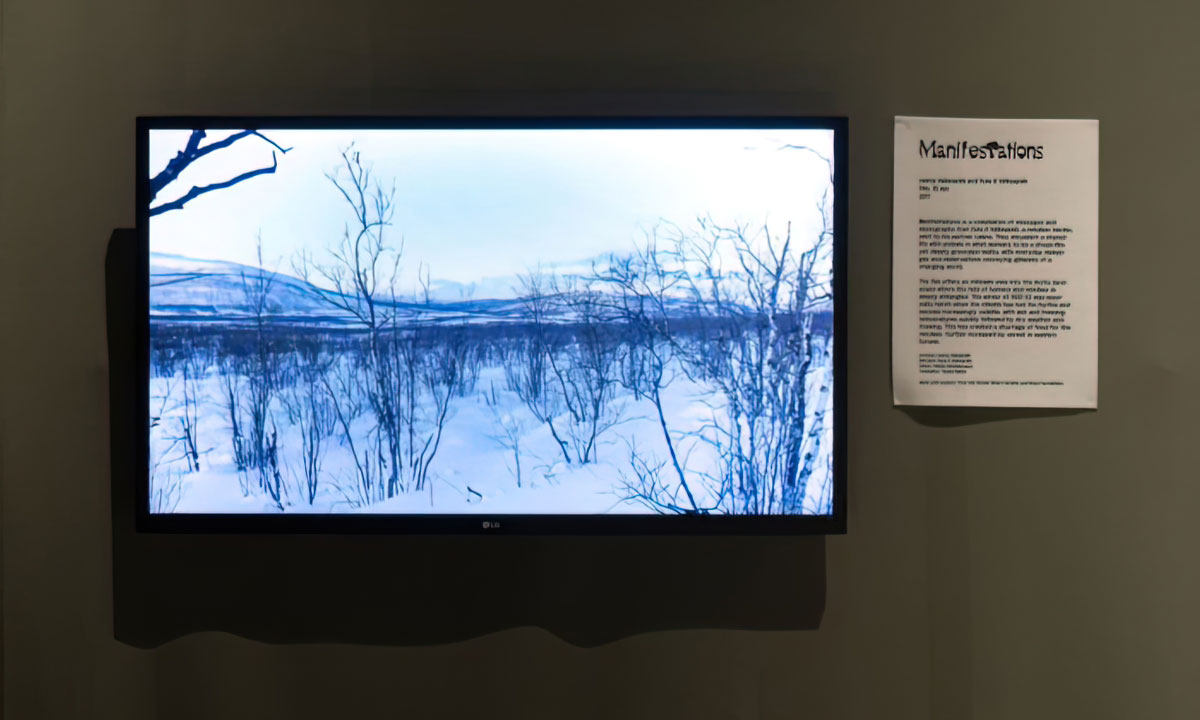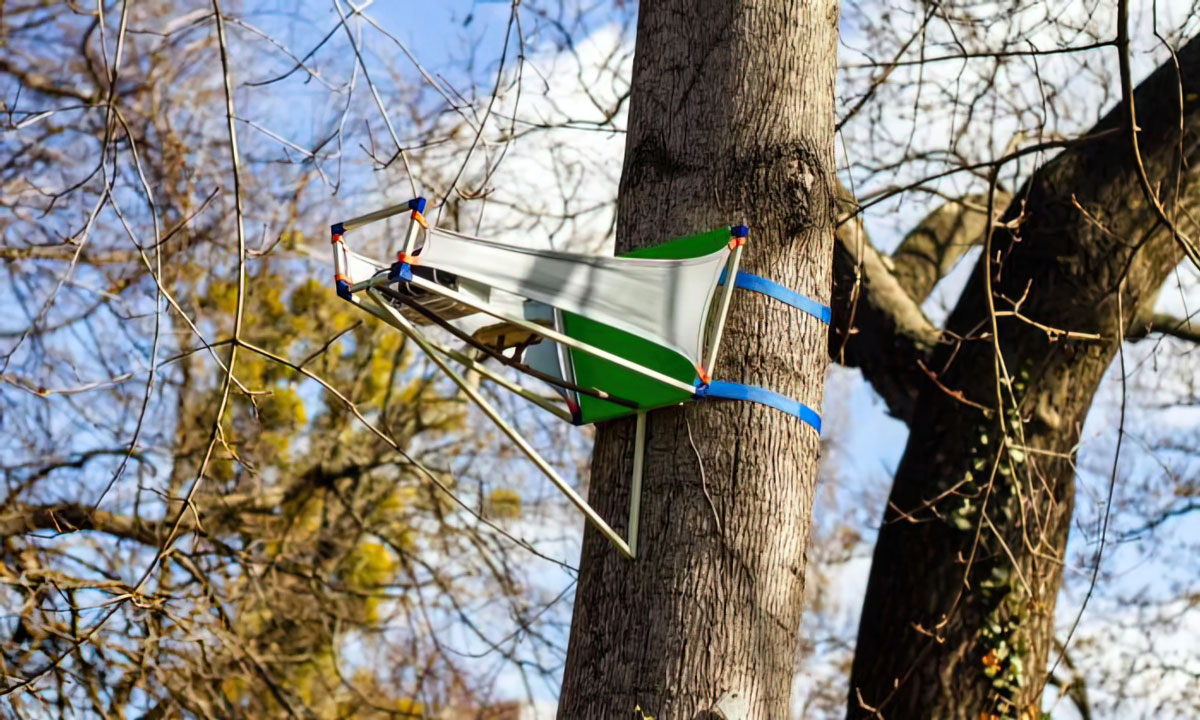PRESENTATION: Have we met? Humans and Non-humans On Common Ground
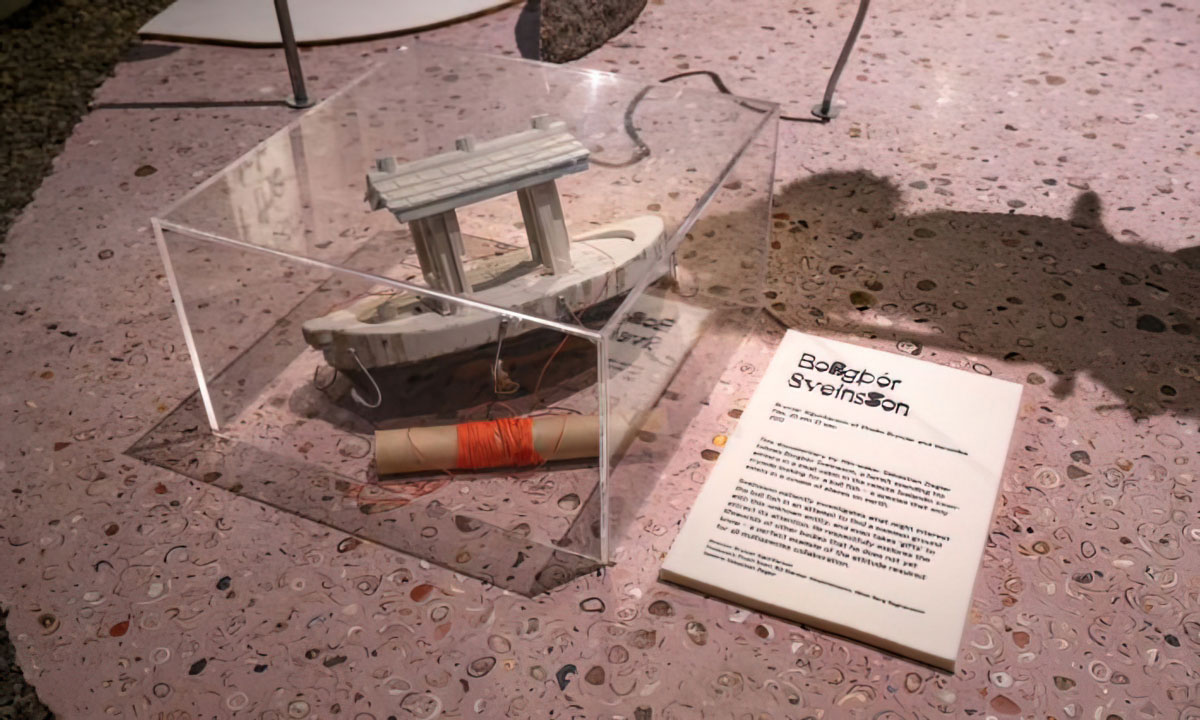 The exhibition “Have we met? Humans and non-humans on common ground” promotes new ways for understanding our planet as a shared space for plants, microbes, humans and other animals. The view that the earth exists solely for human exploitation must be radically rethought to confront today’s environmental crises. Have we met? therefore examines what attitudes, tools and technologies are necessary to recalibrate the relationship between humans and non-humans.
The exhibition “Have we met? Humans and non-humans on common ground” promotes new ways for understanding our planet as a shared space for plants, microbes, humans and other animals. The view that the earth exists solely for human exploitation must be radically rethought to confront today’s environmental crises. Have we met? therefore examines what attitudes, tools and technologies are necessary to recalibrate the relationship between humans and non-humans.
By Efi Michalarou
Photo: Het Nieuwe Instituut Archive
“Have we met? Humans and non-humans on common ground” explores a range of possible collaborative tools developed by practitioners across art, design, agriculture, and data- and marine sciences. Works include Chicken Mobile, designed by Harald den Breejen and Sjoerd van Leeuwen for regenerative farm Bodemzicht. The mobile offers a simple solution for regenerating compacted and degraded soil by recalibrating the natural rhythms between grass and grazing animals. Also on show is Borgþór, a documentary by Brynjar Sigurðarson and Sebastian Ziegler following a hermit spending his winters looking for a bull fish in the remote Icelandic countryside. The hermit patiently investigates what might interest the fish in an attempt to find a common ground. “Manifestations” (2017) by Leena Valkeapää and Oula A Valkeapää is a compilation of messages and photographs that Oula A Valkeapää, a reindeer herder, sent to his partner Leena. They document a shared life with animals in what appears to be a dream-like yet deeply grounded reality, with everyday messages and observations conveying glimpses of a changing world. The film offers an intimate view into the Arctic landscape where the fate of humans and reindeer is deeply entangled. The winter of 2021-22 was especially harsh since the climate has lost its rhythm and become increasingly volatile, with wet and freezing temperatures quickly followed by dry weather and thawing. This has created a shortage of food for the reindeer, further increased by unrest in eastern Europe. “Deep Steward” (2018) by Ian Ingram and Theun Karelse has no preexisting human or other knowledge input, and as such can propose logic otherwise imperceptible to humans, engendering new relations for understanding non-human life. Through its categorisations, “Deep Steward” invites humans to think beyond existing boundaries, in turn opening up novel relationships with the living world. In “Drilling platform off the Dutch coast” by Fiona Middleton, a cluster of decommissioned oil rigs just off the coast of the Netherlands includes five platforms: Halfweg, Hoorn, Haver, Helder and Helm. Their location invites a conversation on urgent cultural, spatial, and political questions around multispecies approaches to marine ecosystems. The removal of these rigs is an important moment for a pivoting energy landscape. Attention to rig ecologies is growing as the decommissioning wave spreads and questions multiply around what to do with these structures and their reliant lifeworlds. They act as oases for sheltering the sediment beneath, but also a beacon for mammals and seabirds. Each platform has been constructed and maintained with high-performance materials to endure the North Sea conditions. Now, the remains of metal cuttings are known to feed microbes, pipelines serve as a substrate, and oily residues offer surfaces and resources to marine biodiversity. The rigs’ purpose shifts from human values (of which the logging-while-drilling sensor tool on display here is a symbol) to non-human values without us having to lay another finger on them.
The documentary “Borgþór Sveinsson” (2012) by film-maker Sebastian Ziegler follows Borgþór Sveinsson, a hermit spending his winters in a small cabin in the remote Icelandic countryside looking for a bull fish – a species that only exists in a couple of places on earth. Sveinsson patiently investigates what might interest the bull fish in an attempt to find a common ground with this unknown entity, and even takes ‘gifts’ to attract its attention. He respectfully explores the lifeworlds of other bodies that he does not yet know – a perfect example of the attitude required for all multispecies collaboration. “Proto-Zoöp Bodemzicht” is assessed by biologist Sander Turnhout. In the Netherlands, traditional intensive farming is in turmoil. An excessive amount of nitrogen in the environment means that farmers need to drastically cut back on their emissions – livestock numbers must be reduced, and fertiliser use should be limited. This is a disruptive change from Dutch agricultural policy that, until recently, favoured the intensification of activity while investments propagated ever-higher yields, both contributing to the current exhaustive monocultures. Bodemzicht takes an entirely different approach. In 2020, Bodemzicht was founded as a regenerative demonstration farm by Anne van Leeuwen and Ricardo Cano Mateo. Their aim is to improve conditions for all life, starting by creating a living soil, learning by doing, and sharing the process with others. It hopes to be an example for grounded, resilient farms practicing regenerative agriculture. “Chicken Mobile” (2020- ) by Harald den Breejen and Sjoerd van Leeuwen, is a simple solution to regenerate compacted and degraded soil. In a moving area around the mobile, 83 chickens roam, shelter and lay eggs. It is also a practical translation of their natural roosting spot, a tree, with perches at staggered intervals allowing the chickens to rest according to rank. Waste falls through the open-grid floor (ensuring no predators can enter), keeping the “Chicken Mobile” relatively clean as it feeds the soil beneath. Natural rhythms between grass and grazing animals (a balance evolving over millions of years) were disturbed when humans started keeping animals in fixed spaces. “Chicken Mobile” aims to recalibrate this by translating the dynamic of grazing cattle into a contemporary small-scale chicken farm. This allows chickens and humans to build living soil, increase its water retention and capture CO2, all while chickens eat fresh grass and insects every day. The project “New Instinct” (2021) by Keer Hu, Yuzhi Liu and Jiafeng Zhu enables humans to sense otherwise-imperceptible natural phenomena that are pivotal for other living beings for navigation, such as this tool allowing humans the to see earth’s electromagnetic field. It was recently discovered that this field guides the migratory patterns of birds through a protein in their retinas that is sensitive to the magnetic charge, allowing songbirds such as European robins to navigate their seasonal journeys. New Instinct aims to introduce humans to embodied navigation systems by translating the magnetic perception of birds into a hat. A magnetic field sensor inside controls a motor that rotates the hat so that the wearer is facing magnetic north.
Works by: Harald den Breejen and Sjoerd van Leeuwen (on behalf of regenerative farm Bodemzicht), Dear Hunter, Joost Emmerik, Gisto, Christine Hvidt, Philipp Groubnov, Andrzej Konieczny, Alexander Köppel, Leon Lapa Pereira and Vivien Vuong (ArtScience Interfaculty-students of the University of the Arts The Hague, in collaboration with Rodrigo Delso en Eric Kluitenberg), Keer Hu, Yuzhi Liu and Jiafeng Zhu, Ian Ingram and Theun Karelse, Takuma Kikuchi, Lucy Li, Florian Sapp en Alan Schiegl, Marica de Michele, Fiona Middleton, Ania Molenda, Studio Brynjar and Veronika Togar, Sander Turnhout, Leena Valkeapää and Oula A Valkeapää, Embassy of the North Sea, Tomaello, Marica de Michele, Showtex and others.
Photo: Have we met? Humans and Non-humans on Common Ground. 23rd Triennale Milano International Exhibition, La Triennale di Milano (2022). Photo: Cristiano Corte
Info: Curators: Klaas Kuitenbrouwer and Ellen Zoete, Dutch pavilion at the 23rd Triennale Milano International Exhibition, Triennale Milanom Viale Alemagna 6, Milan, Italy, Duration: 15/7-11/12/2022, Days & Hours: Tue-Sun 11:00-20:00, https://triennale.org/
